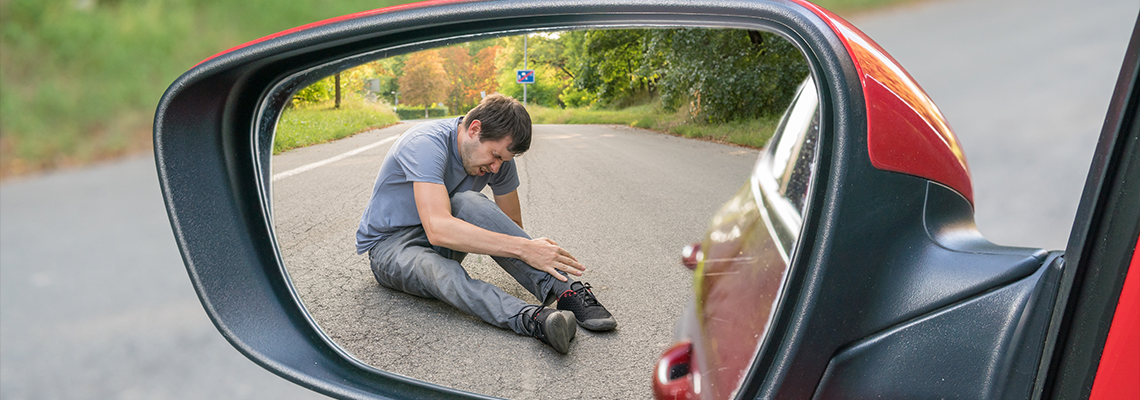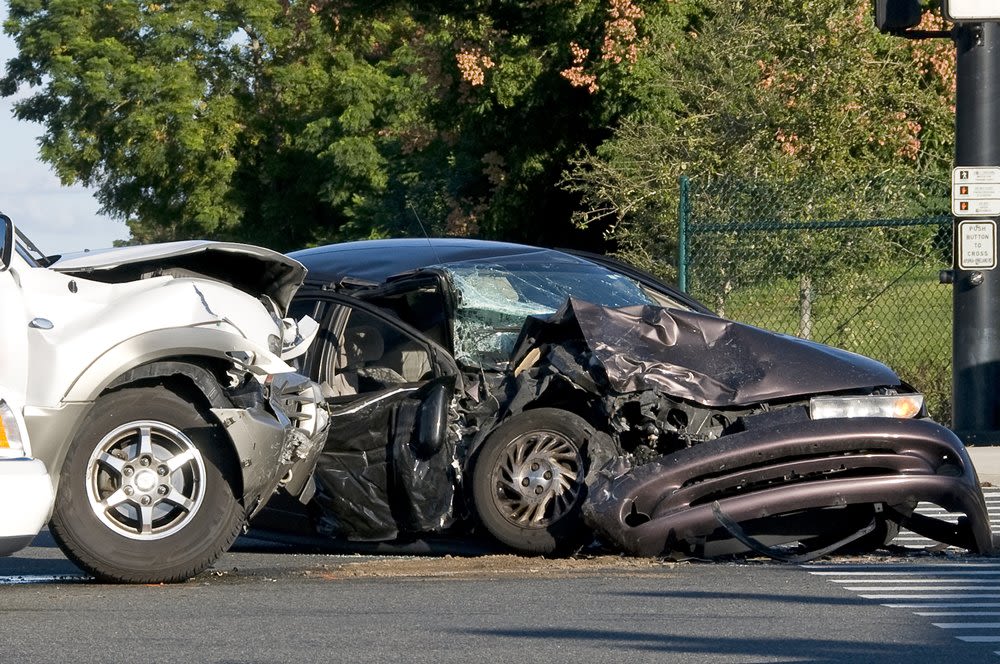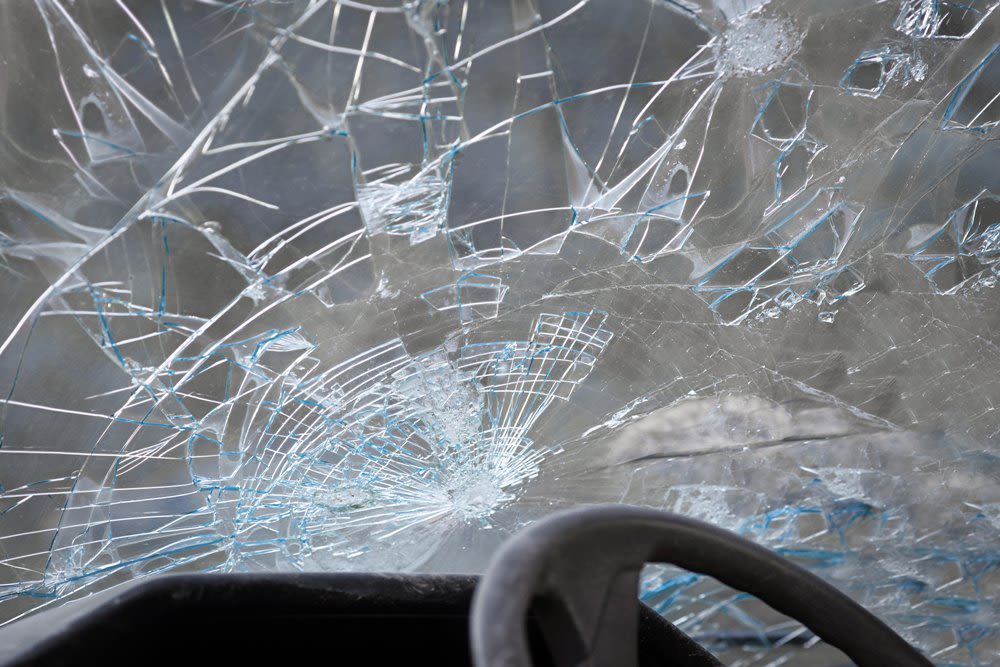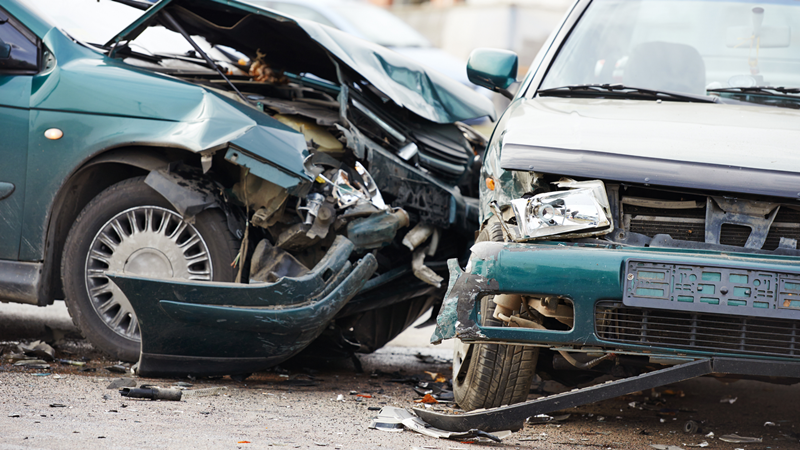
Being struck by a vehicle is a traumatic experience, especially when the driver speeds away, leaving you injured and without answers. For pedestrians and cyclists in Illinois, hit-and-run accidents are not only frightening but also all too common.
Whether you're walking across a crosswalk or biking in a designated lane, the law is on your side. However, knowing your legal rights, the steps to take immediately after the incident, and how to pursue compensation can feel overwhelming.
Here, as an experienced personal injury attorney at the Law Office of Jack M. Shapiro, P.C. in Buffalo Grove, Illinois, I'll break down what victims of hit-and-run accidents in Illinois need to know in these situations and guide you through the process of reporting the incident, seeking legal help, and exploring options for financial recovery.
What Are My Legal Rights?
You still have legal rights after an accident, even if the driver isn't immediately identified. While hit-and-runs can complicate the claims process, state laws and insurance options offer protections for victims.
As a pedestrian victim, your rights include:
Right to emergency medical care: You're entitled to receive medical treatment right away, regardless of who was at fault or whether the driver is located.
Right to file a police report: Always report the incident to law enforcement. This creates an official record and may help identify the driver.
Right to uninsured motorist (UM) coverage: If you have auto insurance (even though you were walking), your policy may include UM coverage, which can compensate you when the at-fault driver can't be found.
Right to file a personal injury claim once the driver is found: If the hit-and-run driver is later identified, you can pursue a personal injury lawsuit or insurance claim against them.
Right to pursue a crime victim claim: In some cases, you may qualify for compensation through the Illinois Crime Victim Compensation Program.
If you're a cyclist involved in a hit-and-run, you have many of these same rights in addition to a few others:
Right to use your own auto insurance: Cyclists can often use their own UM (uninsured motorist) coverage from their car insurance to seek compensation, even if they weren’t driving.
Right to medical bill coverage: You may use your health insurance or MedPay coverage from your auto policy (if you carry it) to pay for immediate medical expenses.
Right to hold the driver accountable later: If the driver is eventually located, you may sue them for negligence, damages, and potentially punitive damages.
Right to legal counsel: You have the right to hire a personal injury attorney to help work through the challenges of hit-and-run cases, including investigating the driver’s identity.
Right to compensation for damaged property: If your bike or gear was damaged, you may seek reimbursement through your insurance or later from the at-fault driver.
Even when a hit-and-run driver flees the scene, cyclists and pedestrians alike still have legal options to recover damages and protect their rights through insurance coverage, legal action, and professional support.
What to Do After a Hit-and-Run Accident
In the moments after a hit-and-run, it's normal to feel shocked or disoriented. But taking the right steps can protect your health, legal rights, and potential compensation:
Call 911 immediately: Report the accident and request medical help if needed.
Gather evidence: If possible, take photos of the scene, your injuries, and any vehicle debris. Speak with witnesses and get their contact information.
File a police report: This creates an official record of the incident, which is crucial for insurance and legal purposes.
Seek medical attention: Even if you feel okay, injuries can worsen over time.
Notify your insurance provider: Illinois allows uninsured motorist coverage to kick in for hit-and-run accidents, which may help cover medical bills and lost wages.
You don’t need to track down the driver yourself—leave that to the authorities and legal professionals.
Common Injuries Suffered in Hit-and-Run Accidents
Pedestrians and cyclists are especially vulnerable in collisions due to their lack of protection compared to drivers. Injuries from hit-and-run accidents can range from minor to life-altering, including:
Head and brain injuries (concussions, traumatic brain injuries)
Broken bones and fractures
Spinal cord injuries and paralysis
Internal bleeding or organ damage
Road rash and severe lacerations
Some injuries may not be immediately obvious, making it critical to seek medical evaluation right away. Prompt documentation also strengthens any insurance claim or legal action.
What If the Driver Isn't Found?
In hit-and-run accidents, it’s unfortunately common for the at-fault driver to remain unidentified. However, even if the driver is never located, you still have several legal options and potential sources of compensation in Illinois:
Uninsured motorist (UM) coverage: If you have auto insurance, your UM coverage can step in to cover medical expenses, lost wages, and pain and suffering, even though you were walking or biking at the time of the crash.
Medical payments (MedPay) coverage: This optional auto insurance add-on can help pay for your immediate medical bills regardless of who was at fault or whether the driver is found.
Health insurance: Your personal health insurance can help cover treatment costs, especially if you don’t have access to UM or MedPay benefits.
Illinois Crime Victim Compensation Program: If you meet the eligibility criteria, this state-run program may offer financial help for medical expenses, counseling, or lost income due to a violent crime, including hit-and-run incidents.
Legal representation: A personal injury attorney can help identify every possible source of compensation and manage communication with insurers or government programs.
While it can be frustrating and emotionally difficult not to have closure after a hit-and-run, Illinois law provides pathways to financial recovery and legal protection even when the driver is never found.
Your Options for Compensation
Being involved in a hit-and-run accident can leave you feeling powerless, especially if the responsible driver is never caught. However, under Illinois law, you still have important legal rights and several options to seek compensation for your injuries, medical bills, lost wages, and other damages.
Uninsured Motorist (UM) Coverage
One of the most critical protections available to pedestrians and cyclists in Illinois is Uninsured Motorist (UM) coverage. Many people don’t realize that if you have an auto insurance policy, it often includes UM benefits that cover injuries caused by a driver who either flees the scene or lacks insurance.
Who does UM coverage protect? Even if you don’t own a car but are a named insured on someone else’s policy (such as a family member’s), or in some cases if you’re a pedestrian or cyclist injured by a hit-and-run driver, you may be eligible for UM benefits.
What does UM coverage cover? It can help pay for medical expenses, rehabilitation, lost wages, and pain and suffering when the at-fault driver can't be identified or insured.
How to claim UM coverage? It’s important to notify your insurance company promptly and provide the police report and medical documentation. An experienced personal injury attorney can assist in negotiating with your insurer to maximize your recovery.
Uninsured Motorist coverage can serve as a vital safety net for injured pedestrians and cyclists, offering financial protection when the responsible driver can’t be held accountable.
Victims Without Insurance
If you don't have any form of auto insurance or UM coverage, Illinois provides a safety net through the Illinois Crime Victim Compensation Program (ICVCP). This program is designed to support innocent victims of violent crimes, including hit-and-run accidents.
What does the program cover? The ICVCP can reimburse reasonable medical costs, counseling services, lost wages, and even funeral expenses in severe cases.
How to apply? You’ll need to file a claim with the Illinois Attorney General’s Office, and having a police report and medical records greatly supports your case.
Limitations: The program may not cover all expenses, and there are caps on compensation amounts, but it offers vital assistance when other options aren’t available.
Ultimately, the Illinois Crime Victim Compensation Program offers a crucial lifeline for uninsured victims of hit-and-run accidents, helping to ease the financial burden when no other coverage exists.
Personal Injury Lawsuits
Suppose law enforcement locates and charges the hit-and-run driver. In that case, you may have the right to pursue a lawsuit against them with the help of a personal injury attorney to recover compensation beyond what insurance or victim programs cover.
What damages can you claim? These often include medical expenses, physical and emotional pain and suffering, loss of income, rehabilitation costs, and sometimes punitive damages designed to punish the reckless driver.
How does the lawsuit process work? Your personal injury attorney will gather evidence, negotiate with the driver’s insurance company, or, if necessary, take your case to court. Proving liability is easier once the driver is identified.
What is the statute of limitations? Illinois law typically requires personal injury lawsuits to be filed within two years of the accident, so acting quickly is essential.
Pursuing a personal injury lawsuit can provide additional compensation and accountability once the hit-and-run driver is identified, making it a powerful legal option for victims seeking full justice.
How Fault Is Determined When the Driver Is Unknown
One of the most challenging aspects of a hit-and-run is proving fault when the responsible driver flees the scene. In Illinois, hit-and-run victims can still pursue a claim, but demonstrating fault may require:
Eyewitness testimony
Surveillance or traffic camera footage
Expert accident reconstruction
Police investigation reports
If the driver is later identified, their liability increases significantly due to fleeing the scene. In civil court, their actions can also lead to punitive damages, meant to punish reckless behavior and deter others.
Contact a Personal Injury Attorney Today
If you've been involved in a car accident as a pedestrian or cyclist, don't hesitate to contact my firm at the Law Office of Jack M. Shapiro, P.C. I'm proud to serve clients throughout the state of Illinois, including Buffalo Grove, Arlington Heights, DuPage County, Lake County, Mount Prospect, Palatine, Vernon Hills, Mundelein, Cook County, Hoffman Estates, McHenry County, Northbrook, Schaumburg, and Wheeling. Contact my office to schedule a consultation today.



